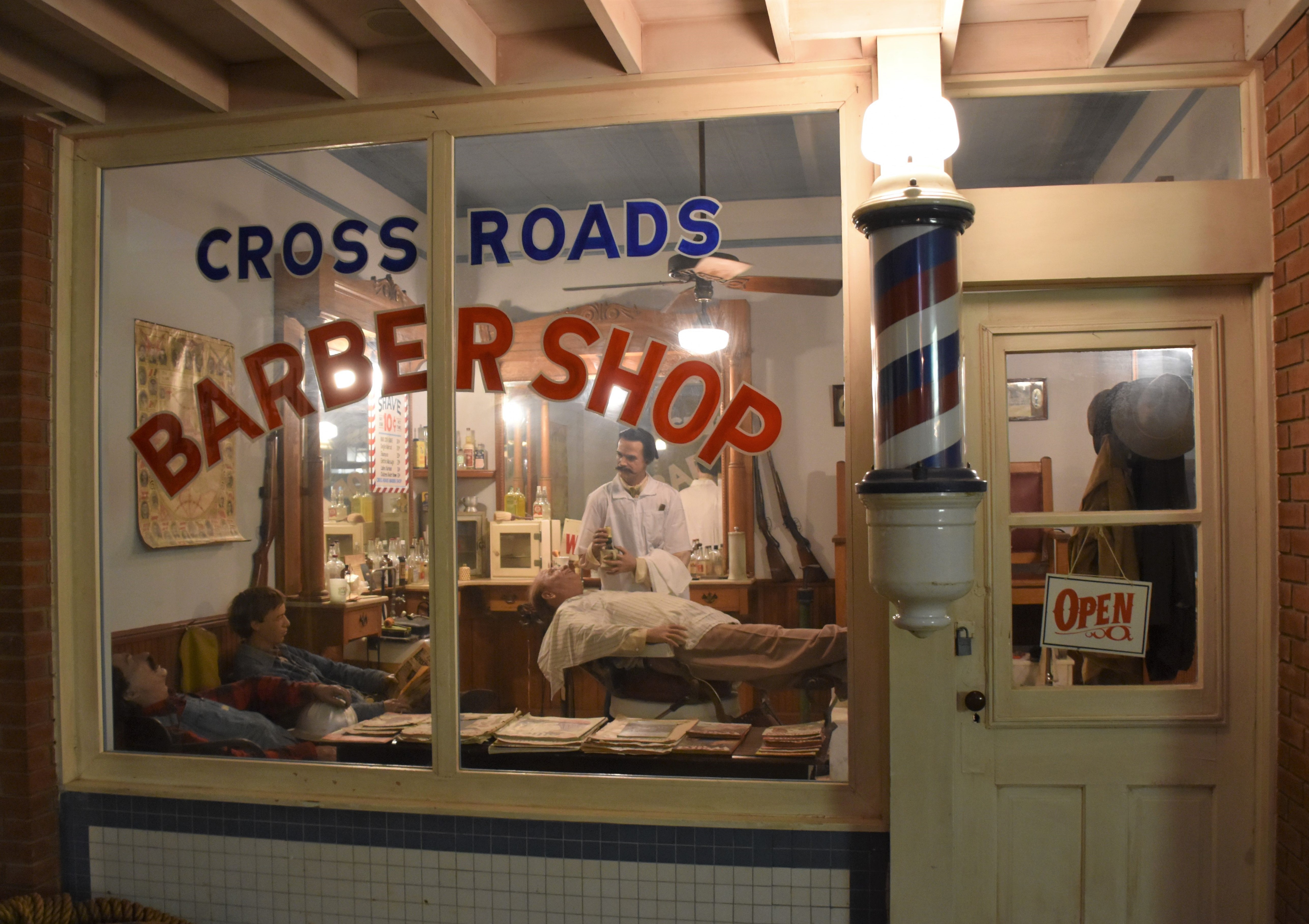

You don't have to go very far along a rural road in East Texas to find an oil well.
It all began when a 70-year-old wildcatter, Columbus Marion "Dad" Joiner, leased the widow Daisy Bradford's 975-acre farm looking for oil. After unsuccessfully drilling two dry holes south of Kilgore, Joiner drilled a third. Four months later, a production test resulted in a gusher — the Daisy Bradford No. 3 came in on October 3, 1930, at 6,000 barrels a day.
"Daisy Bradford No. 3 was followed by the Lou Della Crim No. 1 two months later, which came in at 22,000 barrels of oil a day," says East Texas Oil Museum Director Olivia Moore.
The well turned out to be part of the same massive East Texas Oilfield — an ocean of oil stretching 45 miles north to south and from 3 to 12 miles east to west; a total of more than 140,000 acres including five counties and several communities. This is the largest and most prolific oil reservoir in the contiguous United States. More than 30,000 wells yielded 5.2 billion barrels of oil.
"The oil discovery came one year after the stock market crash and the beginning of the Great Depression. With unemployment wavering at 25 percent, news spread fast," Moore says.
Men, often with their families, headed for the Texas oilfields and the promise of a steady paycheck. Small communities including Kilgore, home of the East Texas Oil Museum, Henderson, London, Gladewater, and what is now known as Joinerville were suddenly overwhelmed with thousands of hopefuls arriving daily.
"Kilgore was a small town of around 500 before the boom. However, during the boom era, Kilgore swelled to more than 12,000 people," Moore says. "It is reported that the city went from 800 to 8,000 in a 24-hour timeframe with people looking for work or riches."
The museum is a 1930’s-time capsule. It chronicles the area's transformation from quiet depression-era villages and farmland to bustling cities. Displays and exhibits illustrate how the oil boom affected East Texas, the country, and ultimately the world.

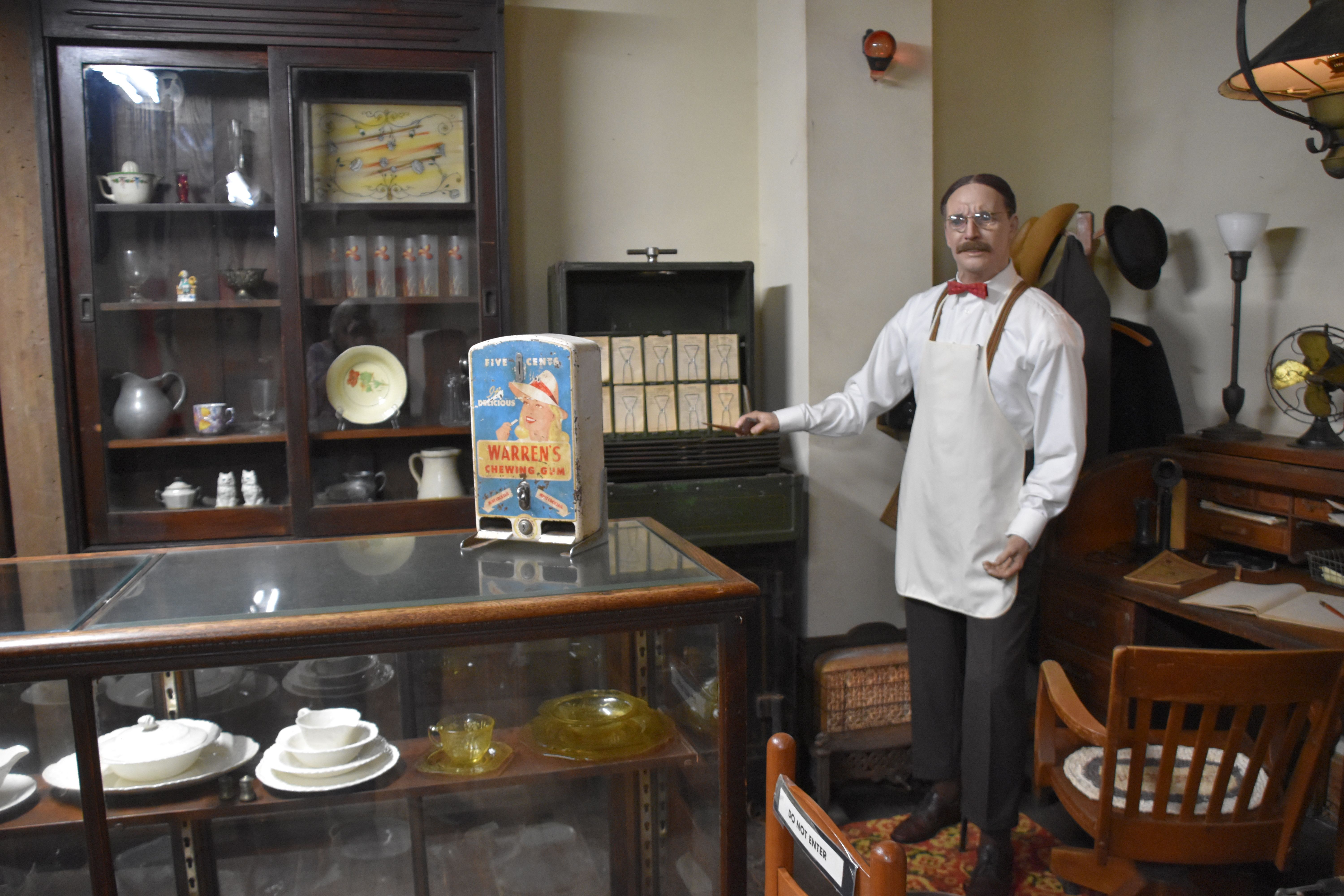
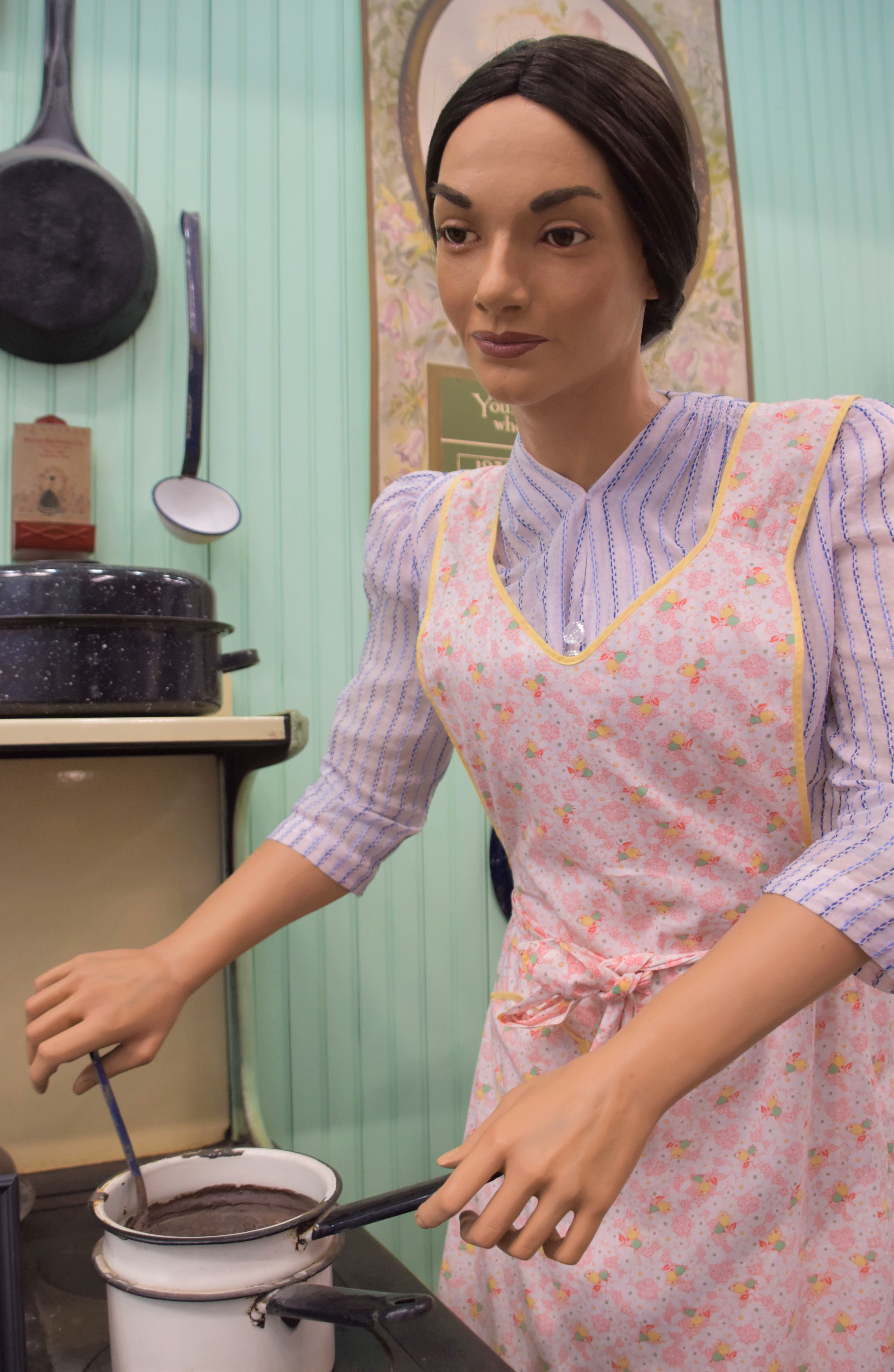
Life-size exhibits offer a three-dimensional look at life in an oil boom town — home, school, and church, and the down and dirty of oil production.
Boomtown is at the heart of the museum, and at the heart of Boomtown is a mud-clogged road with a traffic jam caused by a mule-drawn wagon loaded down with a family's possessions. It represents the changes made to the communities. Businesses circle the street. Set along a boardwalk are the Henderson Post Office, Arp General Store, Wright City Machine Shop, Overton Drug Store, Pistol Hill Gas Station, and other stores named for local communities.
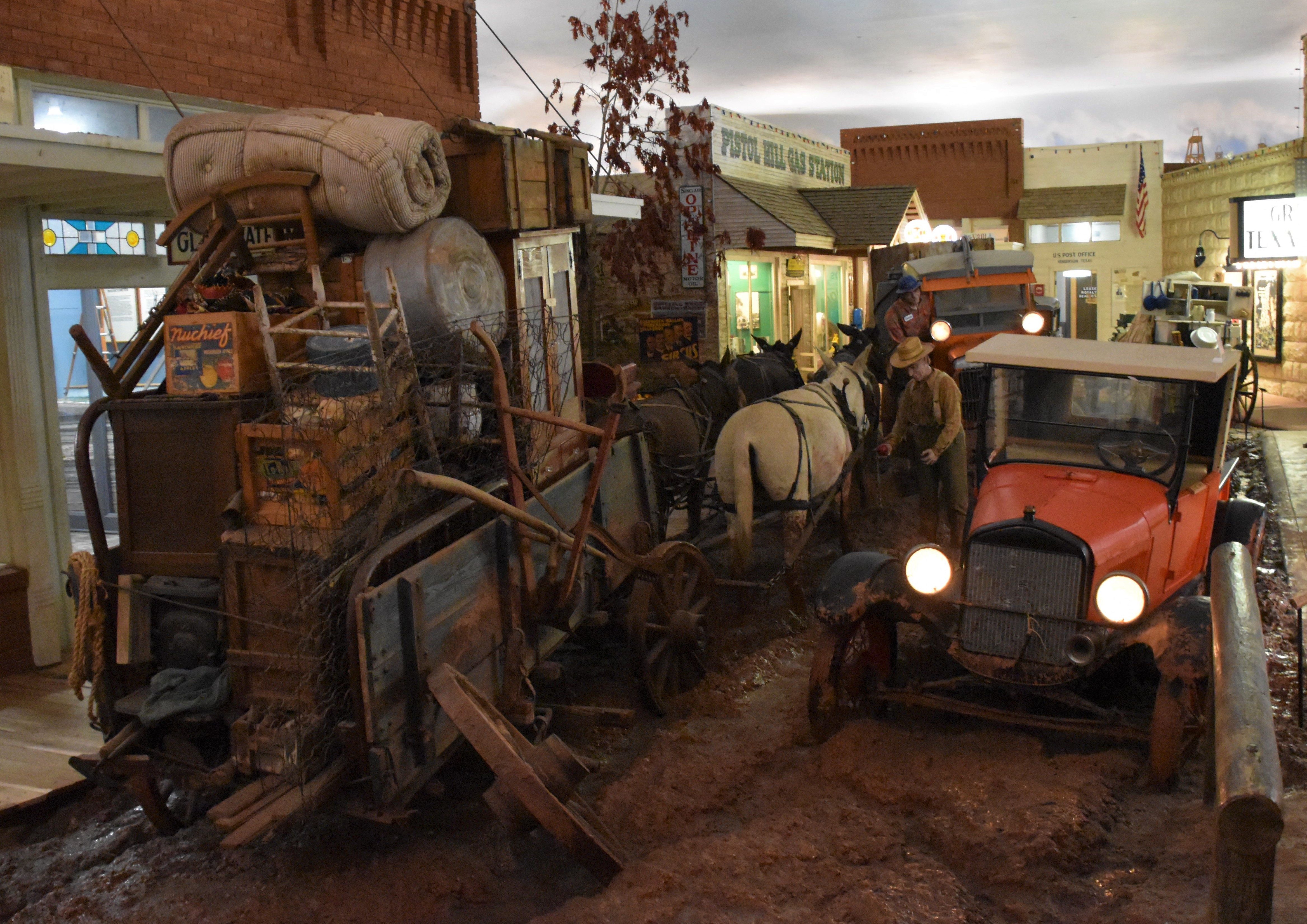
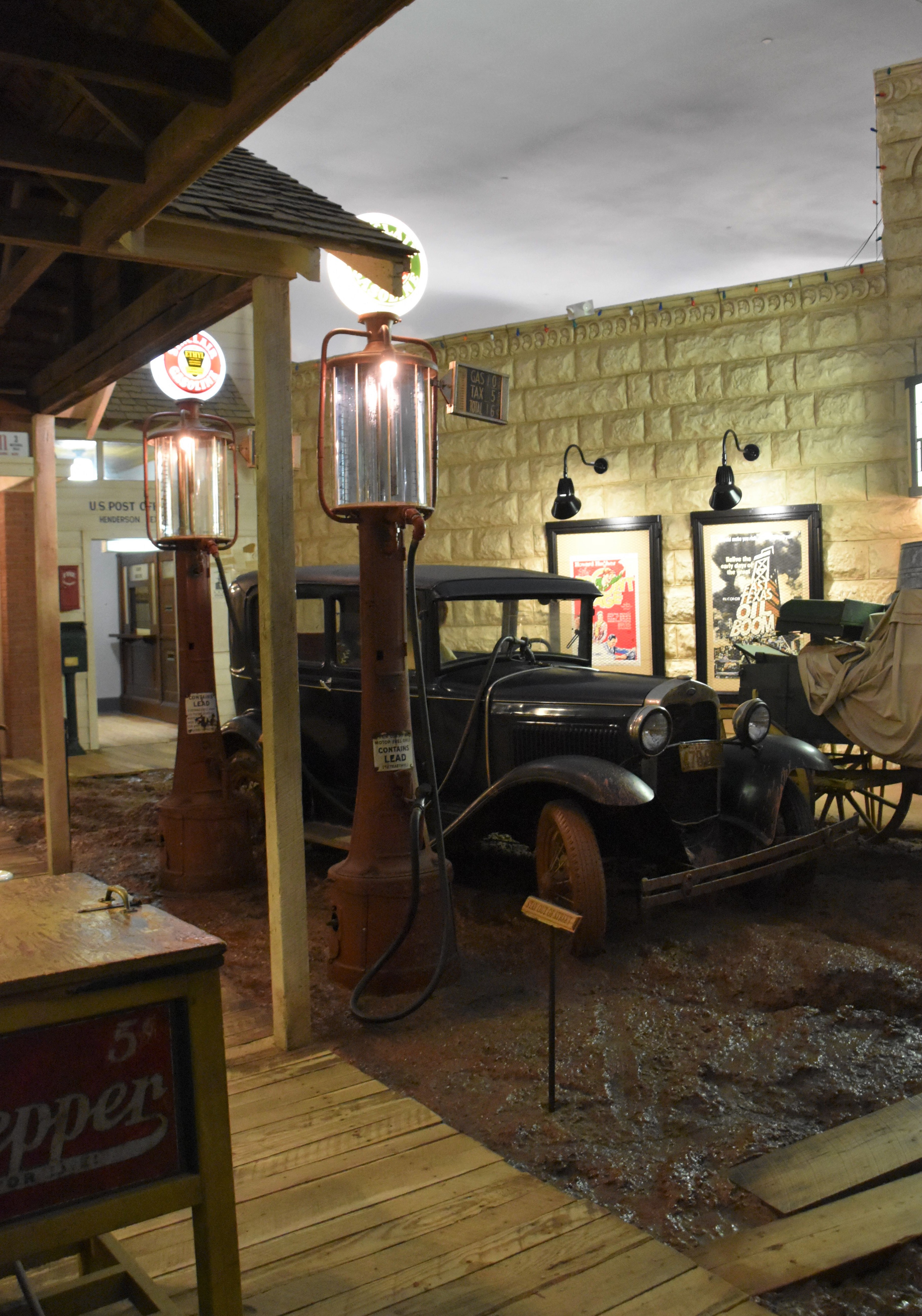
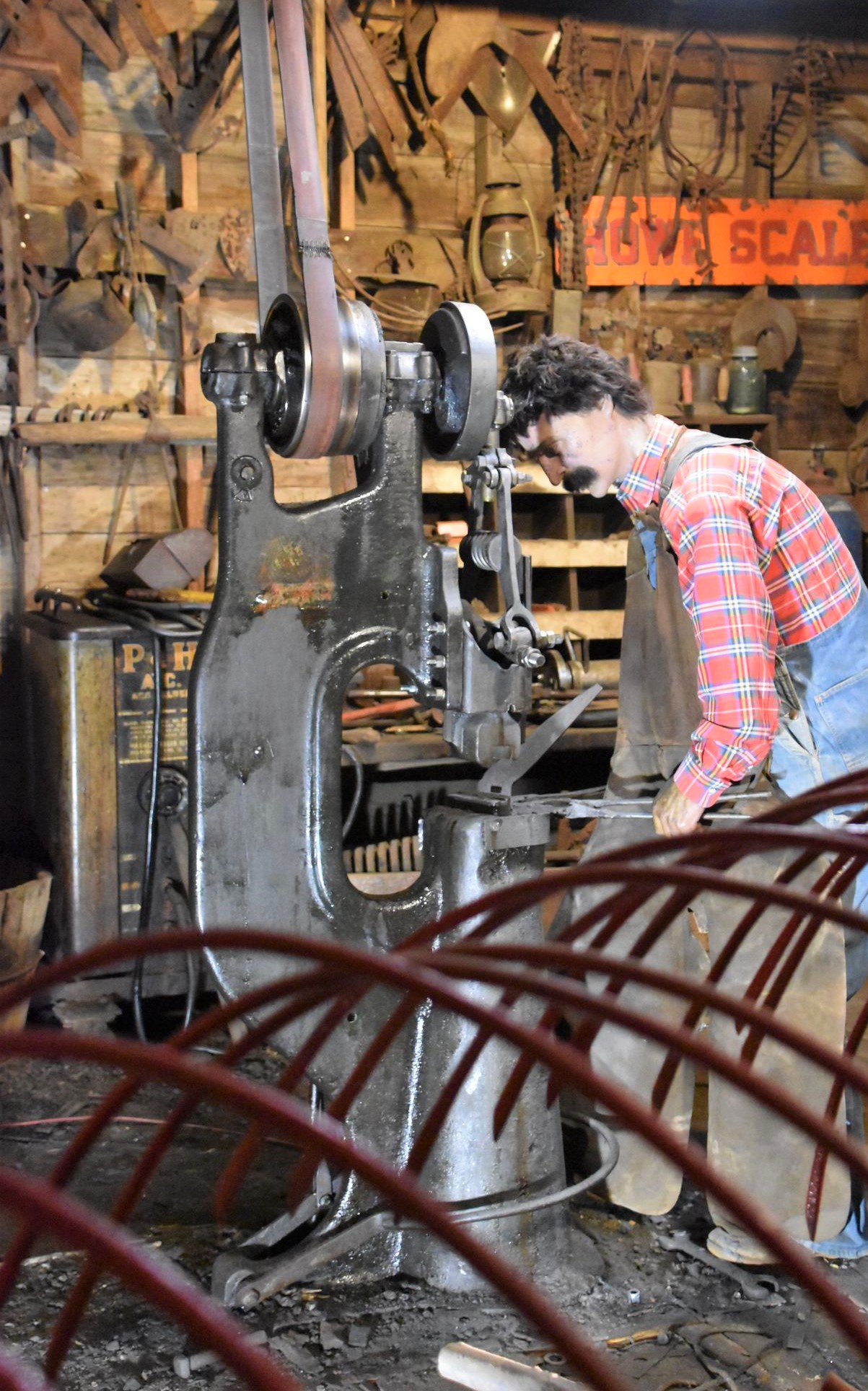
There's an elevator ride to the earth's center with Professor Rockbottom, who explains the geology behind oil. "The East Texas Oil Boom" movie is presented every hour in a beautiful theater, and the "Gusher Gazette" office helps illustrate the newspaper business nearly a century ago. A complimentary issue of the newspaper fills a newspaper rack.
Each business features life-size mannequins, animals, and machinery. The town is meticulously presented, right down to the planks laid across the 'muddy' street and automobiles sinking into the muck.
"The museum is a great history lesson about how the discovery of oil changed East Texas," says Moore. "It's as much about the people as it is the oil industry."
Moore suggests before leaving Kilgore to visit 'The World's Richest Acre' park downtown. "Here, oilmen brought up more than 2.5 million barrels of oil," she says. "Wooden derricks went up all over the city."
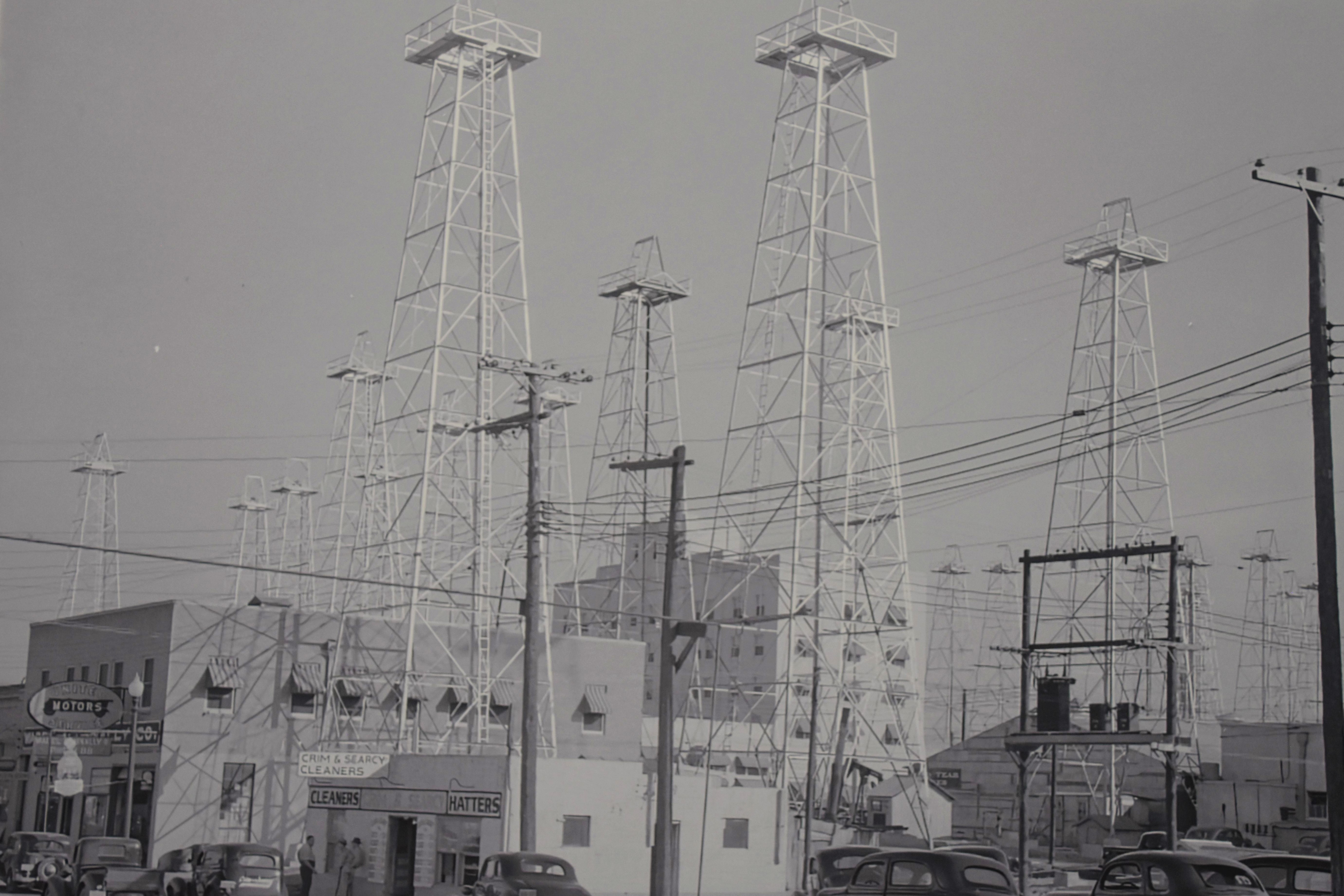
More than 1,100 producing wells were within city limits in the early days. Fortune-seekers and oil field workers converged on Kilgore and buildings were leveled to make room for drilling rigs. One downtown block in Kilgore had 44 live oil wells.
Eventually, there were 31,000 wells in the entire oil field.
By the early spring of 1931, the widely-spaced discoveries revealed the vastness of the field, and hundreds of small operators began their unconventional development. But, unlike earlier areas controlled by one or a few operators who developed them by an orderly plan, the East Texas field had no plan and no governor.
Many landowners carved their holdings into small mineral leases that could be measured in feet, offering them to the highest bidder and realizing from $1,800 to $3,000 per acre. Kilgore became the center of the boom. In that small town, wells were in homes' yards, and derrick legs touched the next drilling unit.
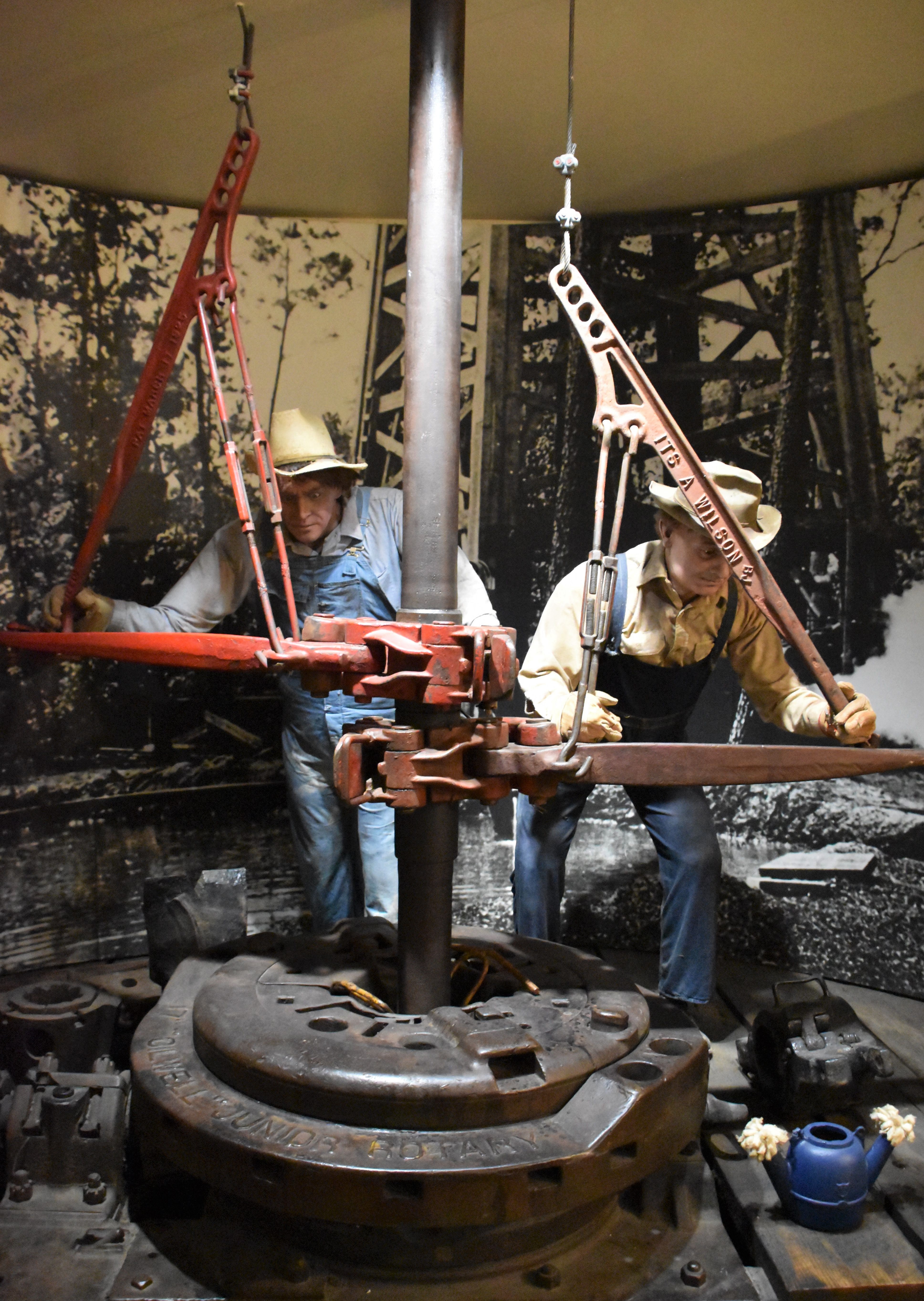
Independent operators drilled wells as quickly as possible to prevent neighboring producers from sucking up their oil. However, the rapid development of an oil field signaled its early decline because it decreased its natural pressure. As a result, wells in such oil fields stopped freely flowing, and pumpjacks helped pull out the oil. Adequate depletion of an area severely impacted its natural pressure. As the East Texas field faced this peril in the spring of 1931, its operators gave little attention to that fact.
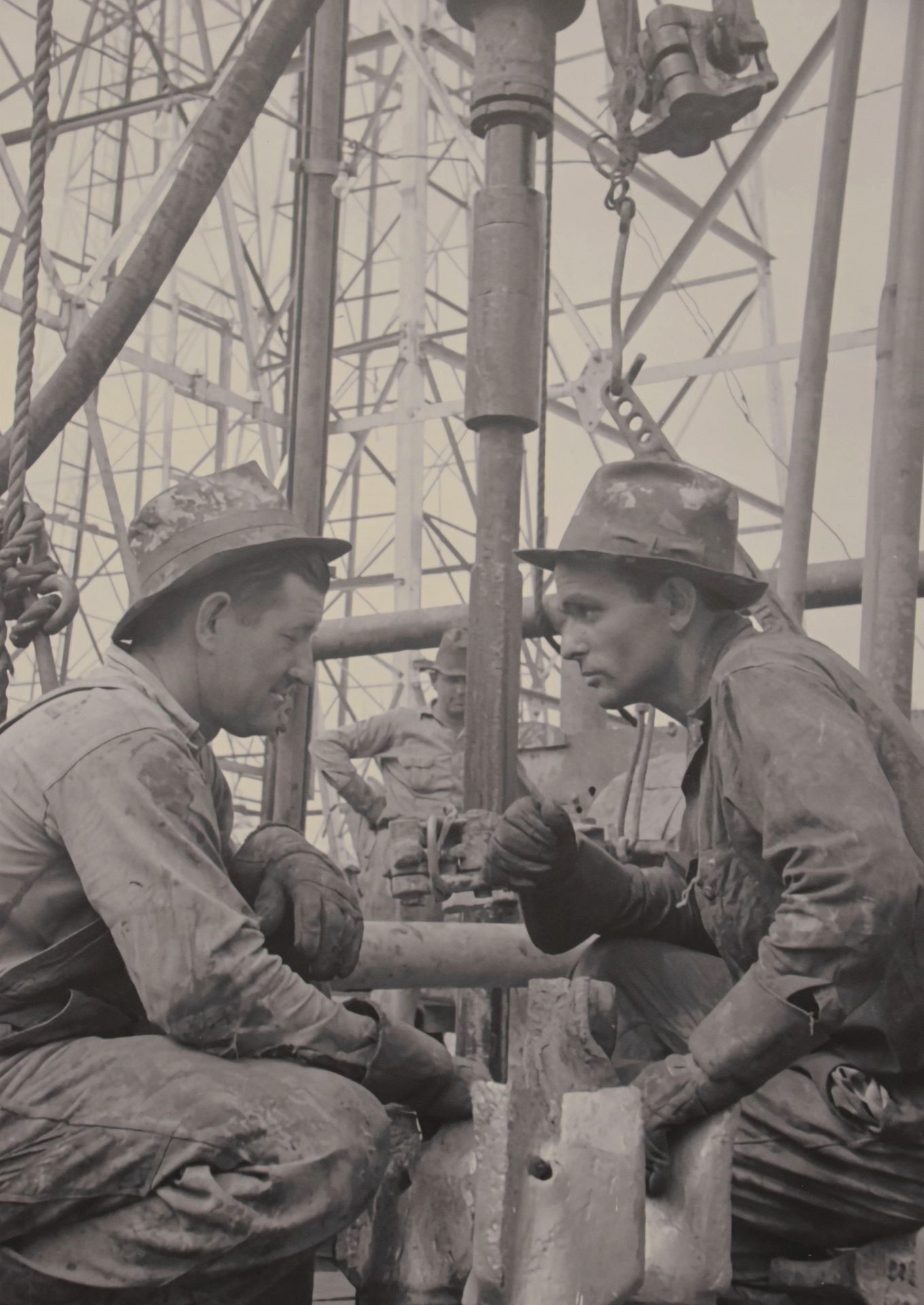
Another ignored fact in East Texas Oilfield was the economic law of supply and demand. Crude sold for ninety-nine cents per barrel when the Daisy Bradford No. 3 began production, but prices dropped to forty-six cents in 1931. Oilmen responded to the lower price by increasing production, which sent prices even lower.
The Railroad Commission issued its first proration order for the field, restricting production to 50,000 barrels of oil per day from its current yield of over 200,000 barrels. However, many operators disregarded well-allowable limits and continued to produce their leases as they chose.
The price of oil crashed. More critically, the natural water drive of the field was being lost. When the Railroad Commission tried to step in and cut back production, the action began in the courts, and, at one point, state military forces arrived to regain order. However, several years passed before the courts and the State Legislature could settle on the position that the Commission had the right to prorate production and conserve the state's natural resources and prevent pollution.
It's easy to follow much of the area’s oil history just by driving around Kilgore and the strange pattern of the streets. They were built during the boom and had to weave around the many oil derricks.
East Texas Oil Museum – Telling the story of oil in East Texas. Preserving the history.
In Part 2 we examine more of the areas history as the oil boom continued.
* * *

Marilyn Jones is a journalist and photographer with over 40 years of experience. Her articles and photographs appear in major newspapers, magazines, and online.
Marilyn served the U.S. Postal Service for 27 years as a Communications Specialist, Program Specialist, and Writer/Editor. She has three grown children and one granddaughter and lives in East Texas.
She can be reached at marilynjones2010@yahoo.com.